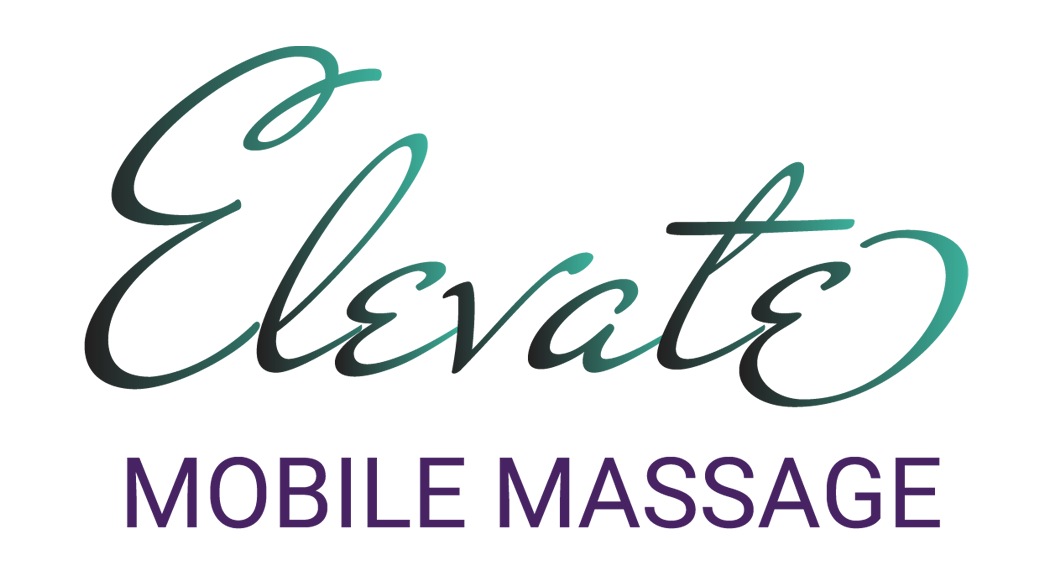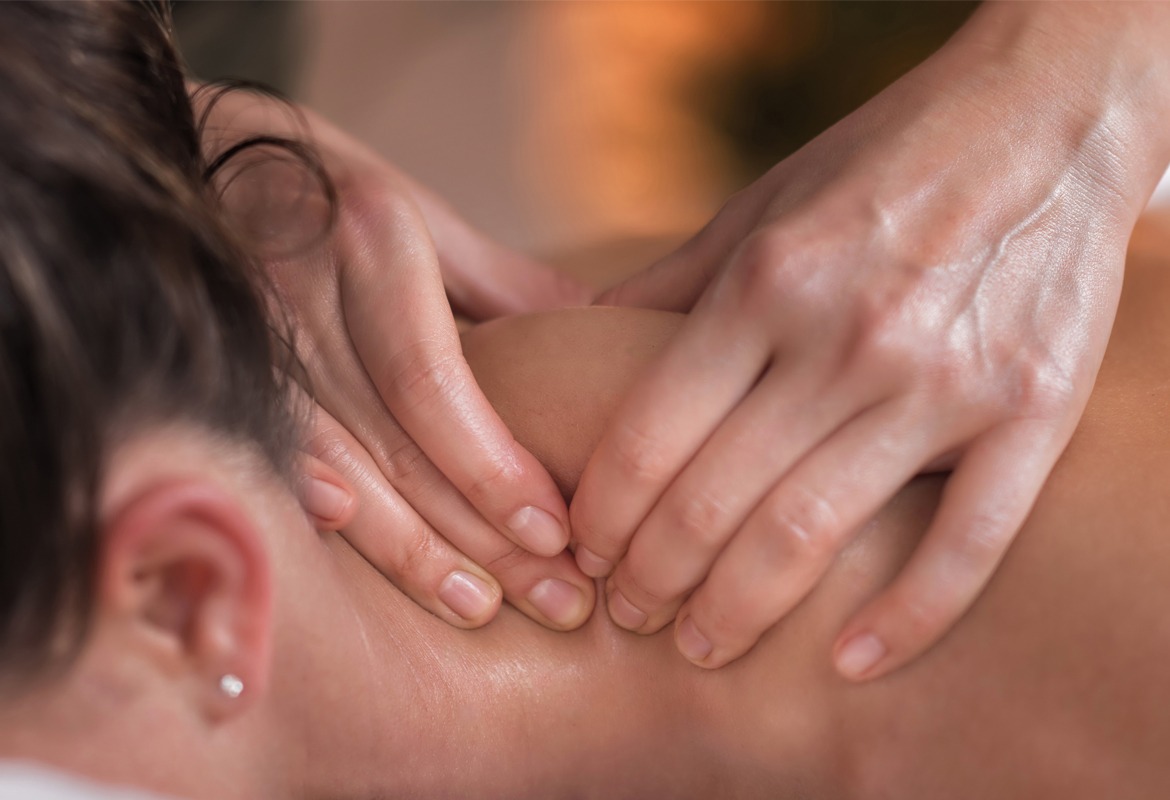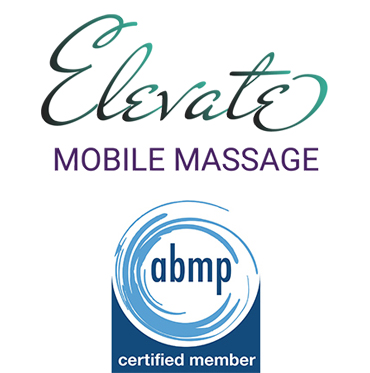The Healing Touch: How Massage Therapy Relieves Pain
Massage therapy, once considered a luxurious indulgence, has now emerged as a legitimate therapeutic approach for managing pain. Whether you’re dealing with chronic discomfort, recovering from an injury, or simply seeking relaxation, massage can play a significant role in alleviating pain and promoting overall well-being.
How Does Massage Relieve Pain?
Massage works through several mechanisms to provide pain relief:
- Muscle and Joint Relaxation: Therapeutic massage targets tense muscles, tendons, and joints. By promoting relaxation and releasing muscle knots, it eases pain and stiffness.
- Stress and Anxiety Reduction: Chronic pain often leads to stress and anxiety. Massage helps calm the nervous system, reducing cortisol levels and promoting a sense of calm.
- Closing the Pain Gate: Massage stimulates competing nerve fibers, which can interfere with pain signals traveling to and from the brain. Essentially, it helps “close the pain gate.”
Research Findings
Numerous studies have explored the impact of massage on pain relief:
- Hand Pain and Grip Strength: A study published in Complementary Therapies in Clinical Practice demonstrated that regular hand massage sessions led to reduced hand pain, improved grip strength, better sleep quality, and decreased anxiety and depression1. Participants who received both professional hand massages and practiced self-massage at home reported significant benefits.
- Chronic Neck Pain: Another study, published in the Annals of Family Medicine, found that 60-minute therapeutic massage sessions two to three times a week over four weeks effectively relieved chronic neck pain1. Compared to no massage or shorter sessions, the consistent 60-minute massages showed better results.
Choosing the Right Massage
When seeking pain relief through massage, consider the following:
- Pressure Preferences: Communicate your preferred pressure level to your therapist. Some people find deep tissue massage effective, while others prefer lighter touch. Lighter pressure can be equally therapeutic, especially for those with conditions like fibromyalgia or chronic fatigue syndrome.
- Safety Precautions: While massage is generally safe, there are situations where it’s not recommended. Avoid massage over inflamed skin or areas of infection. Individuals with heart problems, infectious diseases, phlebitis, or specific skin conditions should consult their healthcare provider before scheduling a massage.
Conclusion
Massage therapy is a powerful tool for pain management. Whether you’re dealing with back pain, headaches, or joint discomfort, consider incorporating regular massages into your wellness routine. Remember to choose a licensed therapist who understands your specific needs.
Remember, this article is not a substitute for professional medical advice. Always consult your doctor or qualified clinician for personalized guidance.
So, go ahead—book that massage appointment and let the healing touch work its magic! 🌿🌟





